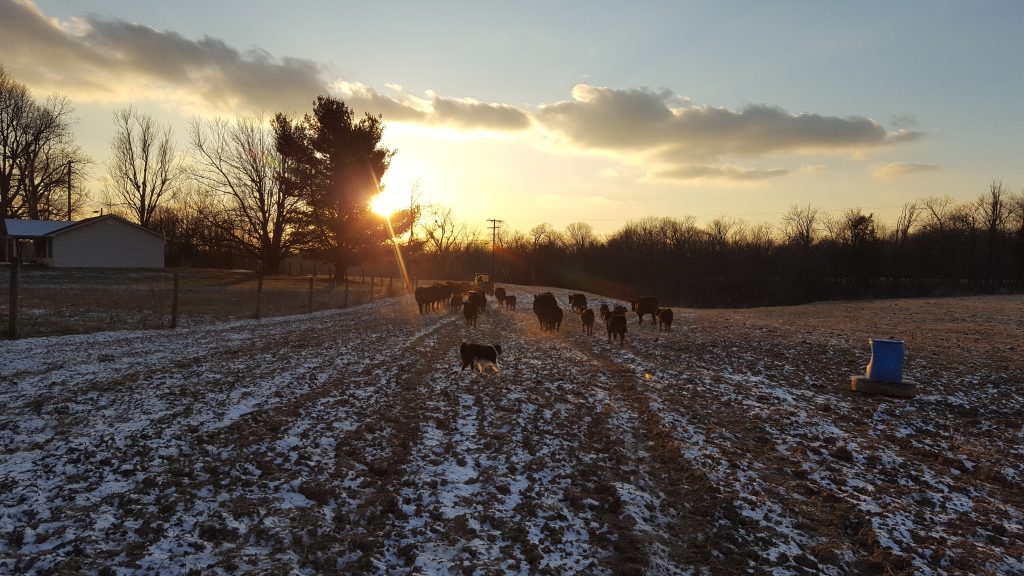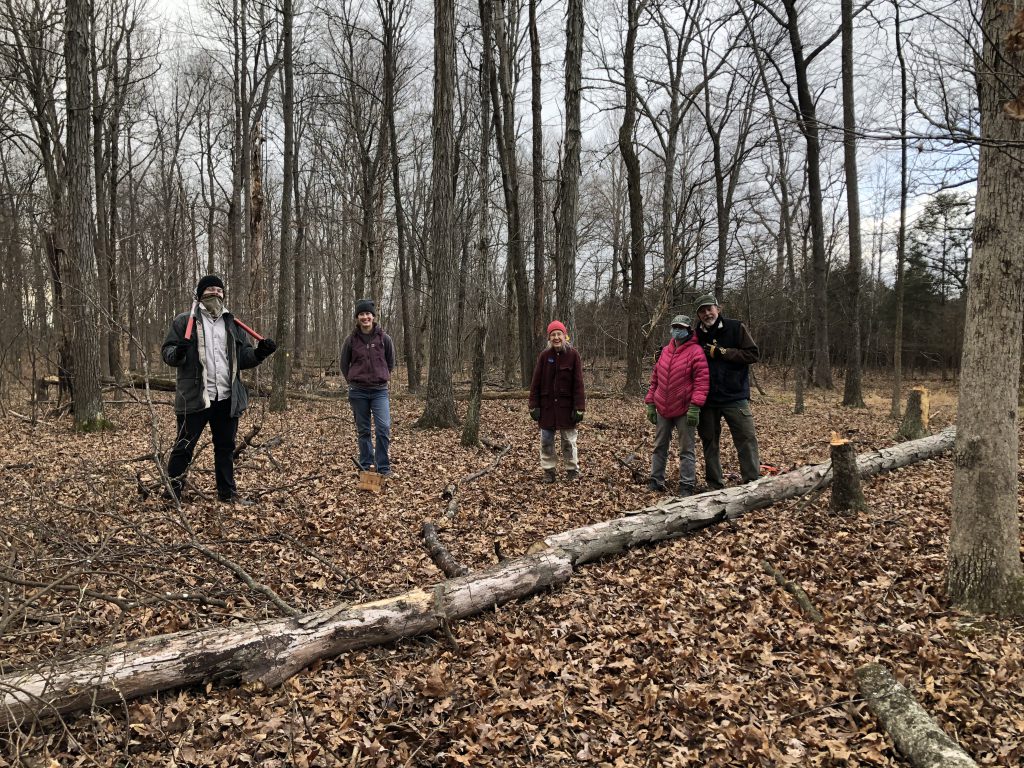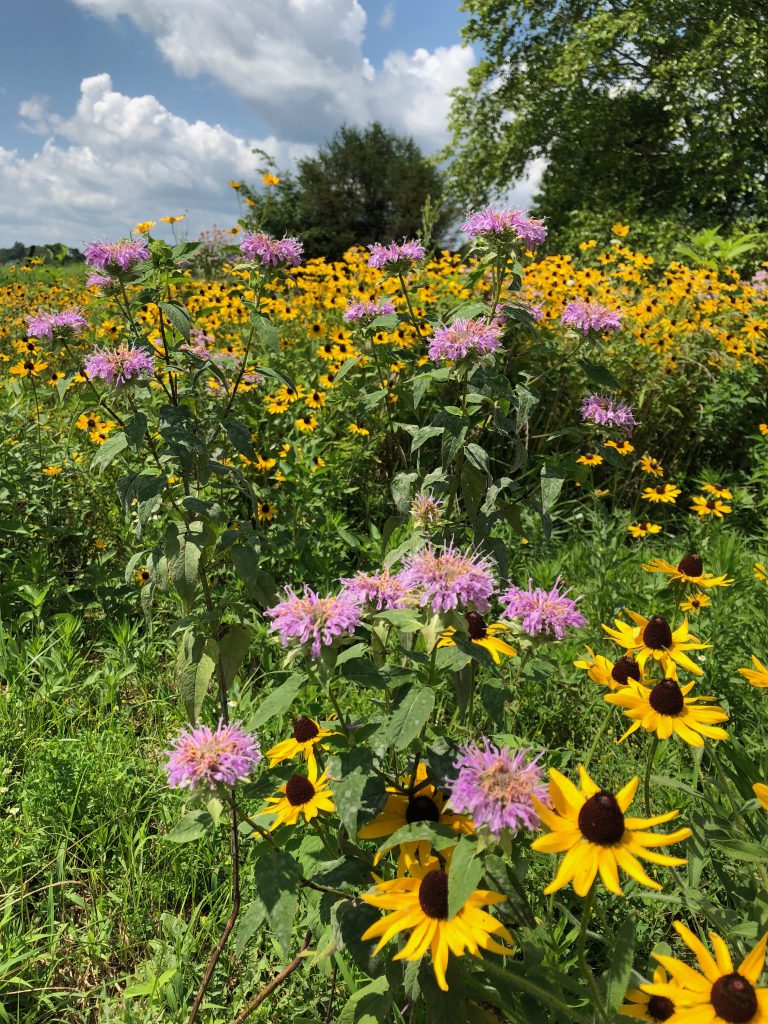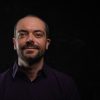The Sisters of Loretto Share a Kinship With the Earth

This month, global delegates have been gathered in Glasgow, Scotland for the United Nations summit on climate change, COP26. One of the stated goals of the event, which has seen thousands of protestors take to the streets to demand climate action, is to “secure global net zero [emissions] by mid-century and keep 1.5 degrees within reach.” Originally proposed in the 2015 Paris Agreement, the mantra of limiting global warming to “1.5 degrees Celsius” has become a shorthand for those shaping global climate policy, used frequently by U.S. President Joe Biden and teen-activist Greta Thunberg alike.
But increasingly, experts wonder if an overreliance on abstract figures and scientific jargon has led to public confusion about why the planet is heating and what can be done about it.
I recognize the utility of a clear, measurable goal to halt climate catastrophe. But as an anthropologist who studies how people understand their environments, I have often felt that this emphasis on numbers, thresholds, and tipping points in the climate debate has done little but leave people anxious, alienated, and stultified.
Research has shown that scientific facts do little to change people’s minds in the politically polarized U.S. According to a 2019 Pew Research Center survey, more knowledge of science, measured by an 11-item knowledge index, had no effect on Republicans’ beliefs that human activity “contributes a great deal to climate change.” While almost 9-in-10 Democrats with high science knowledge agreed with this statement, fewer than 2-in-10 Republicans with similar knowledge did.
Kentucky, where I live, overwhelmingly voted Republican in the 2020 presidential election. Over two-thirds of the vote and all but two counties—home to Louisville and Lexington—went for the GOP. Some might assume based on these demographics that the language of science won’t convince most Kentuckians to care about resource management and climate change.
However, my research suggests that, even within communities typically considered politically conservative in this conservative state, scientifically informed narratives are getting through to people. But these approaches succeed by talking about the climate in terms of relationships, not statistics.
The search for alternative interpretations of scientific ecology led me to the Sisters of Loretto, one of several Catholic orders of religious women’s communities established in Kentucky early in the 19th century. According to Lorettos, a thriving future should be sought not in science alone but in using scientific understandings to strengthen community—between humans and across species. By using ecology to explain the world in intimate, life-affirming terms, the Lorettos are motivating some people to think more deeply about, and act on, the local landscape.
Today the Loretto community is made up of vowed members, who have taken public vows of poverty, chastity, and obedience, and co-members, who share Lorettos’ mission to “work for justice and act for peace because the Gospel urges us.”
Lorettos’ current work focuses on intersections between climate, racial justice, and immigration reform. Part of this work also grapples with their historical involvement in deeply harmful systems, including buying and selling enslaved people prior to the Civil War—a part of their past they call “Loretto’s original sin.” All these initiatives, they acknowledge, are ongoing and imperfect. In 2014, the community made headlines for their anti-fracking activism, when a group of Lorettos was instrumental in suspending the construction of the proposed Bluegrass Pipeline, which would have carried natural gas liquids to the Gulf Coast.
Though Lorettos live scattered around the U.S. and internationally (with one large mission in Pakistan), their spiritual home is the 788-acre Motherhouse property in central Kentucky, which includes buildings for living and worship, a working farm, woodlands, wildflower fields in conservation, and cow pasture. Globally, Loretto membership currently stands at about 280. However, the membership is quickly shrinking as members reach the end of their lives.
This past July, during Kentucky’s ebb in COVID-19 cases, I visited the Loretto Motherhouse property to witness their actions promoting landscape regeneration. Jessie Rathburn, a co-member and Loretto’s Earth education and advocacy coordinator, acted as my guide. As Jessie and I walked through one of the property’s forested areas, she recounted the various ways that specific locations had been shaped by people’s interactions with the landscape.
At one point, emerging from a dense patch of trees, we came upon a clearing. The Lorettos had made the “painful” decision, Jessie said, to girdle non-native maple trees in order to regenerate native oak and hickory. This involves killing the maples by cutting out a ring through a tree’s outer layers.
Jessie then took a few steps forward into a clearing of grass and shrubs, talking me through how the forest had been shaped by layers of human activity: “Here, you see all these trees of different heights?” she asked. In 2012, the community had planted thousands of trees and other native plantings around the property. “Unfortunately, there was a terrible drought that year, so most of them died,” Jessie went on. “But it’s interesting to see, 10 years later, this is what it can do if you just let [land] go and return to itself.”
In conversation with agroforestry experts, the Lorettos already have more plans for this landscape: They are going to try a method called silvopasture. “They’ll fence it off in sections and allow cattle to come through and graze,” Jessie explained. Grazing in the shade provides health benefits to the cows, but they wouldn’t do it for too long, as that would harm the trees. Jessie ended on an upbeat note, “So, we’re going to try it!”
Later that afternoon, I bumped along in the passenger seat of an old truck with Susan Classen, a co-member and Loretto’s ecosystem manager. We made our way slowly to the other side of the Motherhouse property, where Lorettos started an initiative in 2018 that encapsulates the way they understand the social nature of land: a six-acre plot set aside for natural burials.
We got out and wended our way along a wide, flat trail, punctuated every so often by an engraved, flat, natural headstone. In each grave was a member or friend of the Loretto community, buried either without embalming or with eco-friendly embalming fluid in a cotton or linen shroud.
Lorettos fuse hard science with sociality: In the end, it’s building relationships that holds ecosystems together.
Susan explained that the community quickly supported the idea of the Nature Preserve Cemetery. “So many people in Loretto are dying, or thinking of death,” she said, “and about how they can be buried in a way that’s consistent with how they’ve lived their lives.”
Tree plantings, managed grazing schemes, natural burials, and the passing of time: What Jessie and Susan were communicating, I believe, is how Lorettos perceive the environment to be an integral part of social life. As a community, they attune their human decisions to what they perceive the local landscape to need. The long-term outcomes of those decisions then tell them if they were right.
Lorettos have always embraced science. But, rather than concluding that the Earth is just a “planetary body” or a conglomeration of “ecosystems,” Lorettos find it most useful to see science as a modern-day affirmation of the fundamental unity of life.
Vowed member Elaine Prevallet describes the “principle of science” as the “phenomenon of universal interdependence.” As she puts it, “everything exists only by sharing its energy, sharing its life, always groping toward a new unity.”
Lorettos’ union of science and faith goes back to the earliest days of the community: In the center of the Motherhouse property sits “the old science building,” now the Loretto Heritage Center, with the phrase “Dedicated to Virtue and Science” engraved above its vaulted doorway. In recent years, many Lorettos have sought to build upon this tradition by rethinking their relationship to their landscape through work by Indigenous writers and scientists such as Sherri Mitchell and Robin Wall Kimmerer.
After spending time with the Lorettos, the first proposition that I see as underlying how they talk about the science of ecology is this: “Earth,” as they refer to it simply, is a living agent with needs and desires that can be fulfilled or thwarted.
Susan told me that they see their role as listening and responding to Earth. That’s “very different from the assumption that protecting land is part of our mission,” she explained. “It’s deeper and broader than that—Earth has its own life and we … get to be part of it.” Only individuals who pay close attention can perceive Earth’s agency. Susan put this to me as a reflective question: “What is [this land] calling forth in terms of our particular values?”
The second proposition that I see as central to Lorettos’ approach follows upon the first: Earth’s needs can only be met by building up social relationships in landscapes filled with humans and nonhumans.
During our time together, Jessie and Susan showed me that Earth is a web of interconnected locations—but these locations only become meaningful places when humans and other species act in them. At the same time, this Earth-centered perspective was not disconnected from the goals of conservation science. Lorettos, Jessie explained, want to regenerate the ecosystem to “create a place of biodiversity that can be a stable home to many, many, many species.”
Lorettos go so far as to tie the language of science to the language of human kinship when describing the social relationships between humans and nonhumans.
Vowed member Joy Jensen, who was formerly the Loretto ecosystem manager, told me: “I have three types of sparrows that come to my feeder, and I feel like they are my brother and sister. I really do. I mean, we share the same DNA, neutrons and protons, and all the energy that is at the basis of all of our life.”
Lorettos fuse the hard science of ecosystem management and climate change mitigation with sociality: In the end, it’s building relationships that holds an ecosystem together.
Lorettos are still putting these ideas into action. In 2006, they passed a Land Ethic among the membership, committing to the principle that land has “the capacity … to be a sacrament of God’s beauty and goodness” and thus to steward their land “in such a way that all life is enhanced and protected, and that the variety of ecosystems is sustained.”
Recent outcomes are even more concrete and ambitious. For instance, the Loretto Motherhouse Farm has slowly been shifting from conventional agricultural methods to what Farm Director Cody Rakes, hired in 2015, calls “regenerative” farming. And Susan and Jessie are heading up a group of Lorettos aiming to create a “sustainable community” on the Motherhouse property near the Nature Preserve Cemetery. Their purpose, Susan says, is to “continue a lived presence of Loretto” after the passing of the vowed membership.
Lorettos offer a way of talking about climate change as a social problem to which science can provide a clear, supportive lens. Their approach doesn’t rely on every member of the public having to parse the meaning of a carbon dioxide measurement in parts per million. Instead, it says: The seeds of a resilient planet are already all around, and by first recognizing and then strengthening the community of life, humans—and the planet—are better off.
I am under no illusion that changing the narrative attached to climate science will cure the deep fissures of political partisanship in the U.S. But it matters that pro-environmental narratives founded in a union of faith and hard science are being put into action in a Republican stronghold like Kentucky. Reexamining how scientific language can include principles of community, justice, and communion with nonhuman life is one avenue for changing values and motivations as we stumble past a “1.5 degree Celsius” world.
Speaking with Susan and Jessie in a retreat cabin on the Motherhouse property, I attempted to summarize what I was hearing them say about community. “I guess that is the ultimate big question, right?” I asked. “How do we drive people together?”
Susan was silent for a moment, then demurred. “Or,” she said, “if we want to reframe that, we would say: ‘How do we recognize that we are already together, and we are being driven apart?’”



































